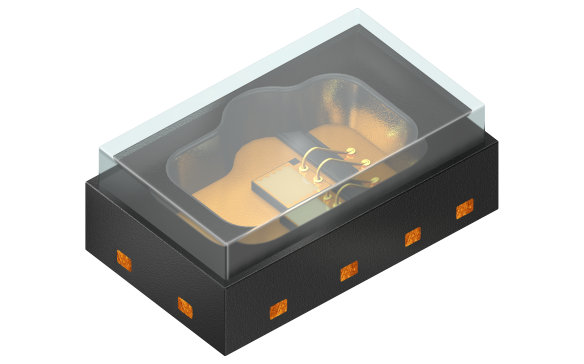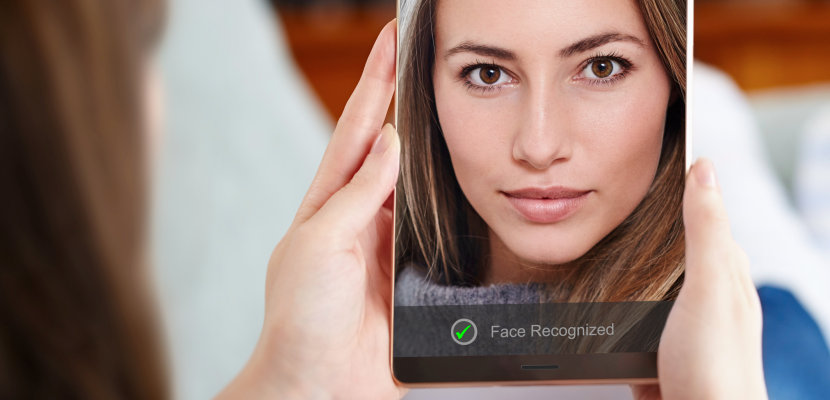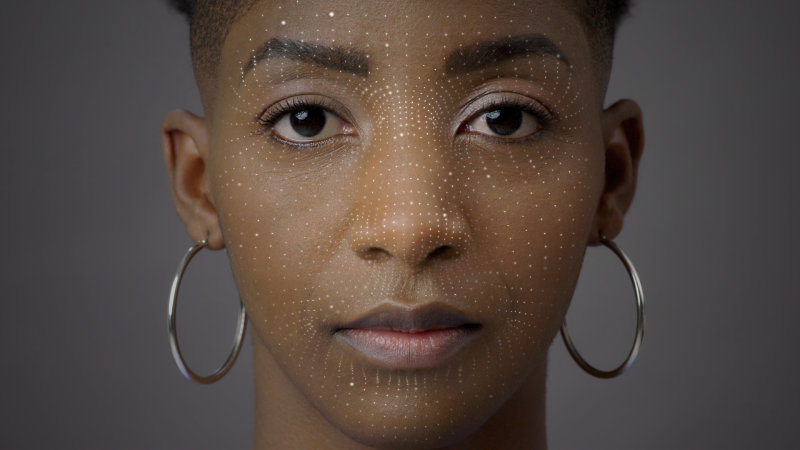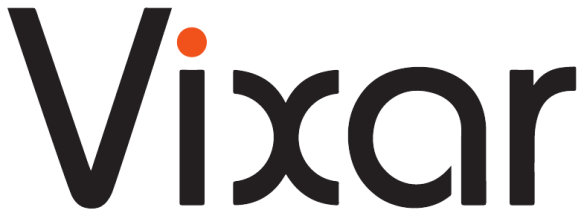BIDOS® Family
Osram Opto Semiconductors is launching a new product family with BIDOS® PLPVQ 940A, its first Vertical Cavity Surface Emitting Laser, or VCSEL for short. This is another future technology that Osram is adding to its product portfolio, paving the way for new areas of application such as 3D sensing. Shortly after the acquisition of US specialist Vixar, the company is setting new standards with this VCSEL, including facial recognition for mobile devices. The VCSEL acts as a light source, illuminating the face evenly with infrared light. A camera is used to capture the significant features of the user. The image is then compared with the image of the user stored in the system – if the two match the device will be unlocked.
More information: About Vixar Inc.What does VCSEL mean? How does it work?
VCSEL stands for vertical-cavity surface-emitting laser – this is a laser diode with a monolithic laser resonator which radiates the light vertically to the surface of the semiconductor chip, as opposed to edge-emitting laser diodes, where the light exits at the edge of the chip.
The technology can also be used as a VCSEL array – a composite of several hundreds of VCSELs – glued and bonded like a normal LED.
What are the advantages and disadvantages?
Decisive features of the surface emitter lasers (compared to edge emitting lasers) are the lower production costs and the better beam quality – however with a lower output power. The coupling efficiency in optical fibers is high due to the small footprint, the good beam quality and the good focusability. As an SMT (surface-mountable component), a VCSEL combines characteristics of an LED with those of a laser and is easier to assemble than an EEL (edge emitting laser). It offers coherent light with directed emission, the higher power density and simple packaging of an IRED, but has the spectral width of a line emitter, like EEL or DFB (distributed feedback laser diodes) technology. The beam shape of a VCSEL is a circular spot, compared to the elliptical shape of FP-EEL (Fabry-Perot Edge Emitting Laser) and DFB. Unlike the temperature sensitive wavelength of an EEL, VCSEL suffer way less wavelength shift under the influence temperature changes.
The main advantages of the different IR technologies can be summarized as follows:
- VCSEL: cost effective chip, narrow divergence, high efficiency
- EEL: High performance, very high efficiency, high luminance
- IRED: homogeneity of lighting, very cost effective chip, wide range of different models

BIDOS® - PLPVQ 940A
Product Features:
- Wavelength: 940 nm
- Maximum efficiency: 27 percent and an output of 300 mW
- Two bond wires supply the laser diode uniformly and rapidly with energy
- The angle within which BIDOS® provides illumination is 65° x 78°
- Package size: 1.9 mm x 2.20 mm x 0.85 mm






